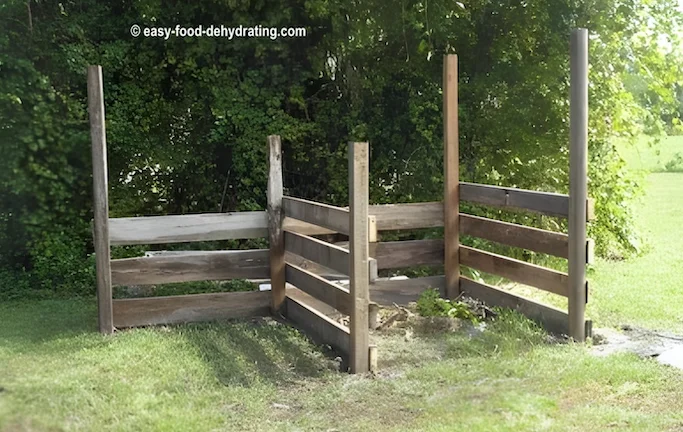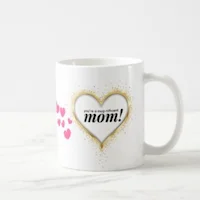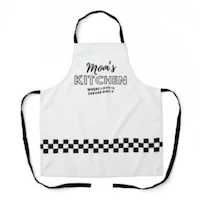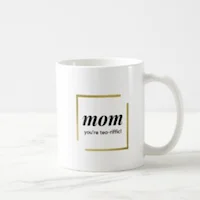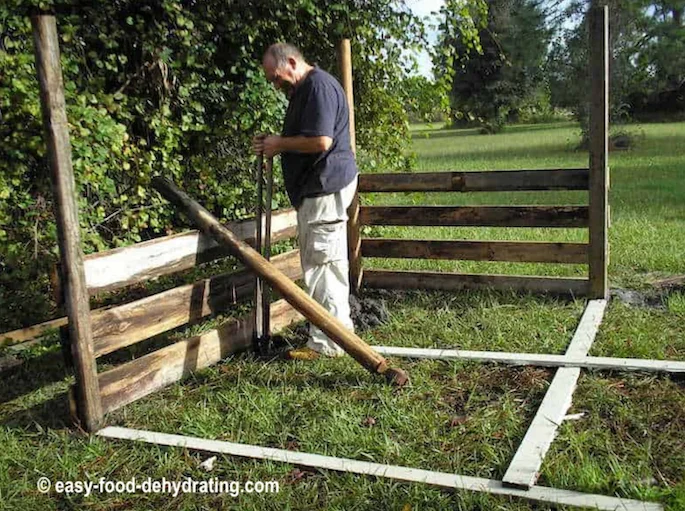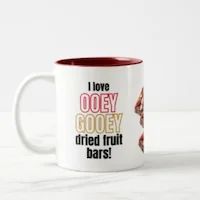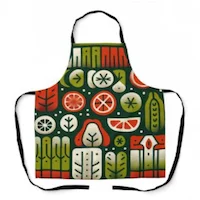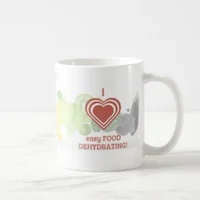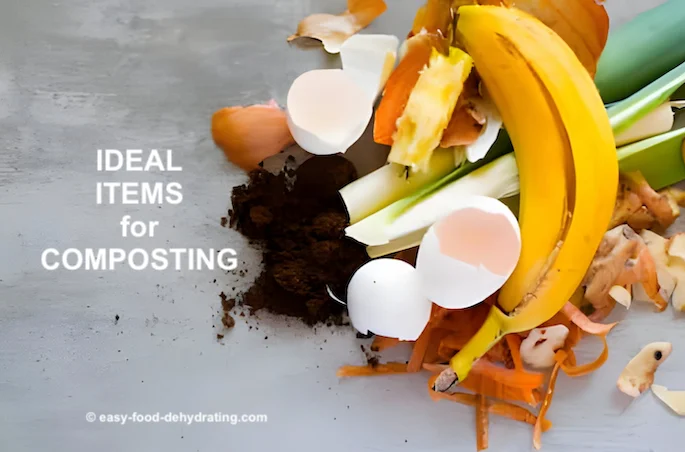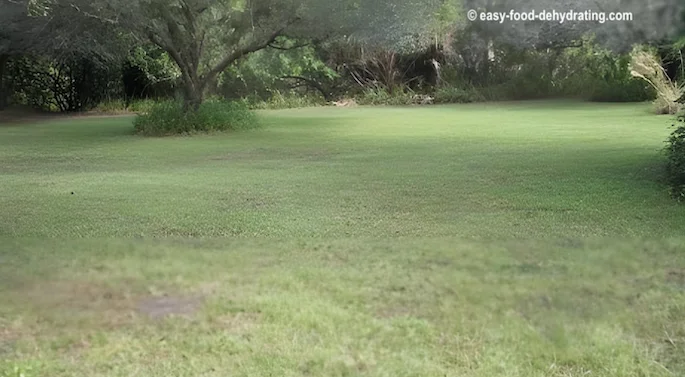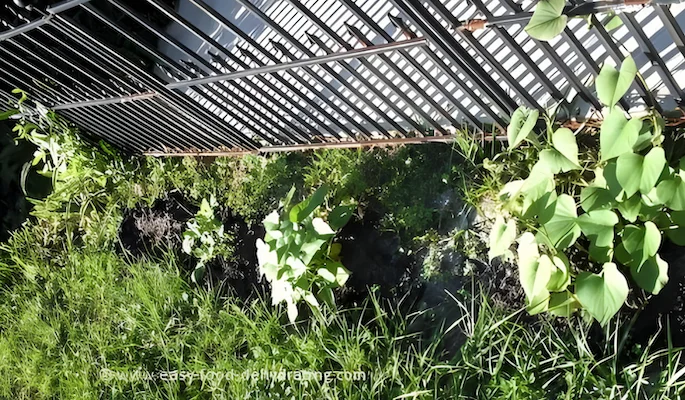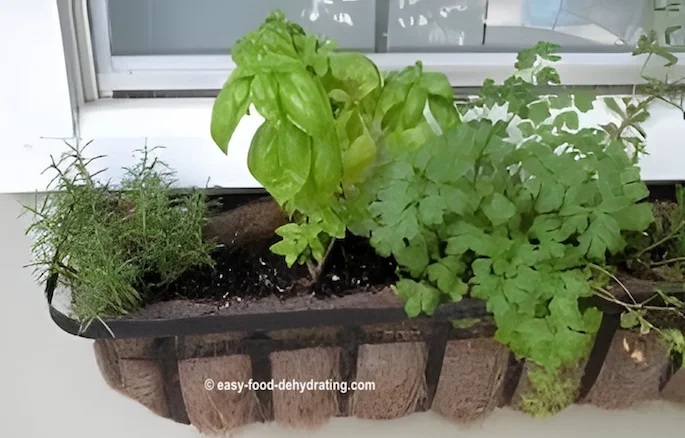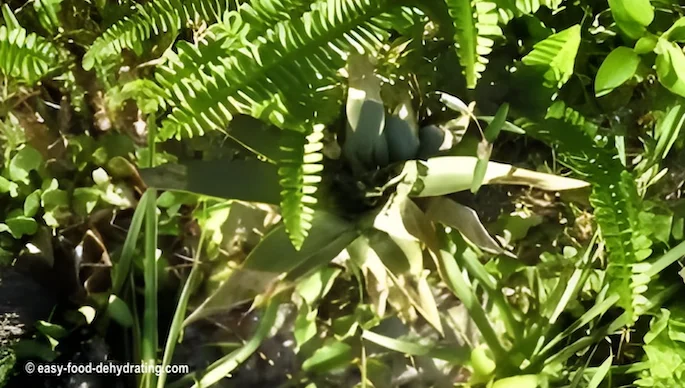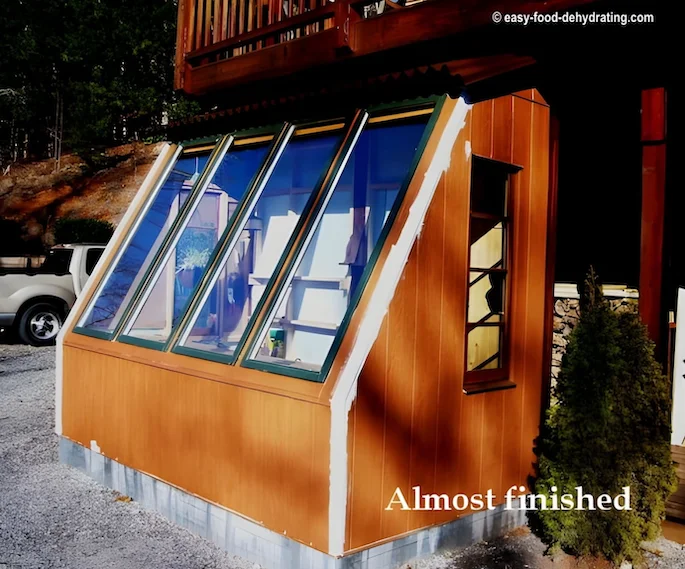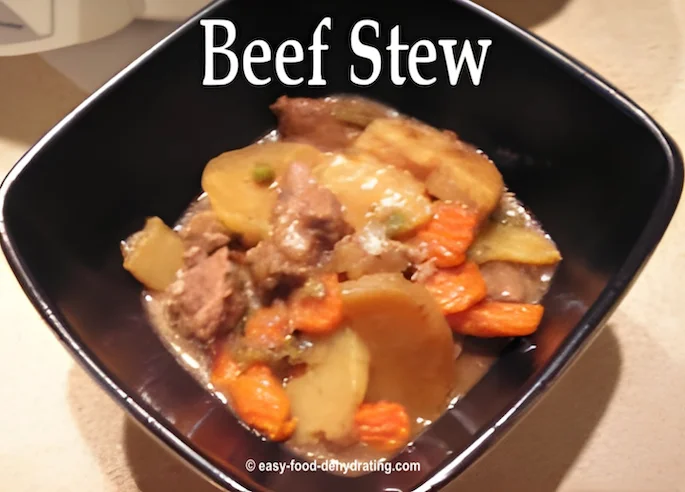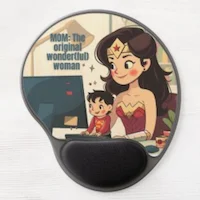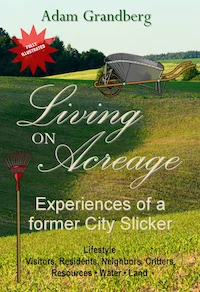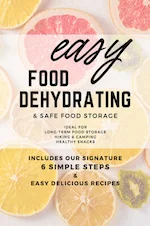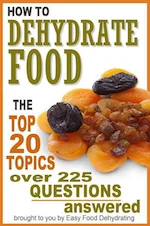whatever the reason or season!
- Home
- Garden and Compost Bin: Where to Put It
Garden and Compost Bin
Make Your Own Gold—"Dirt" Cheap!
Garden and Compost Bin
Make Your Own Gold
—"Dirt" Cheap!
Having a garden and compost bin is not a luxury item out here. And I'm long overdue in having a vegetable garden.
With some help from my friend John M., (OK, LOTS of help from John!) he created a compost bin (hey, it's a start!). I hope this will inspire you to do the same.
There's nothing quite like growing and consuming your very own vegetables!
I realize as I type this, that it's kind of like
putting the cart before the horse, as in you need veggie scraps from a
garden to put IN the bin! I will start saving them from now on.
Mother's Day Specials!
Shown above is a photo of John M, hard at work on the bin!
Donations: Scrap Wood and Muscle!
Seeing as the garden hasn't materialized yet, we thought we'd at least get going with the compost bin, so we'll have plenty of suitable material to work with when the garden is ready to go.
My dad had scrap wood he donated to the project, and John donated his muscle.
And me? I 'managed the project'... ha!... not! The compost bin will have two sections.
For Your Garden and Compost Bin, Remember to Do This:
As one side fills up, turn it over into the other bin. This way, it keeps the pile aerated and happy. So until John returns, I have a one-sided bin... and he said he'd be most surprised if I had one side filled before he returns in six months!
The compost bin is close to where the garden will be for ease of use, and far enough away from the house so we can't smell it!
Here are some composting tips and tricks from Planet Natural Research Center.
How to Compost at Home
I was contacted by John Quinn, a Remax Realtor from Germantown, TN—he loves all things gardening.
Mr Quinn posted this:
"As much as 30 percent of residential waste can be turned into compost. This effort could dramatically cut back on an individual's waste production.
If they compost in the house or yard (make sure to check that it is allowed in your community), homeowners who are worried that the items they recycle will end up in a landfill can look for replacements they can decompose instead.
People may be surprised with just how much they can toss into a compost pile. Composting can also save money by reducing the need to purchase expensive potting soil or fertilizers to promote healthy plant growth.
It may also reduce irrigation needs, cutting down on water usage and utility bills."
Here's the link to Mr Quinn's How To Compost At Home where you'll learn about what to PUT IN and what NOT to put in your compost pile, and/or see some examples below...
Examples of WHAT to Compost...
Here are a few examples of waste stuff that is good, and those that are not suitable for composting:
Good for Composting:
- Fruit and vegetable scraps (peels, skins, stems, etc.)
- Coffee grounds and tea bags
- *Uncooked egg shells
- Stale bread
- Nut shells
Not Suitable for Composting:
- Meat or dairy products (can attract unwanted pests)
- Oils and fats
- Bones
- Invasive weeds/high seed-bearing plants
- Heavily processed foods like sauces or salad dressings
- Pet waste
*Uncooked egg shells are those that have not been cooked. An example of a "cooked egg shell" would be from hard-boiled eggs.
The key things to compost are plant-based food scraps that can safely break down. Avoid any food items that could cause odors or spread diseases when composting.
Be a Composting Boss in Your Backyard with Backyard Boss
Ditch expensive garden fertilizers… make your own black gold and here’s a great place to learn more about compost over at Backyard Boss.
They go over different types of compost and which suits your needs best.
garden area
Locate an Ideal GARDENING/GROWING Area Near Water
Locate an Ideal
GARDENING/GROWING Area
Near Water
Our photo below shows an ideal spot in our front garden that is close to a water source. It is also shaded at the hot times of the day either by the trees (or a pull-over grommeted screen that will move horizontally on taut wires - not shown or even built yet - I can dream!).
For a Good Garden, Choose its Site Carefully
Take into consideration these points when garden siting:
- size of plot
- the sun's angle
- flood-prone
- soil condition
- best growing times
- what to plant
- critter control
- initial costs
- water source
growing stuff
Sweet Potatoes
I have made a tiny start to getting the garden going—here's a photo of two sweet potatoes that are producing vines already, and a white potato on the left.
My gardener friend, John M, says after blooming, wait a month, and dig 'em up!
Handy Herb Garden
Here's my little handy herb garden, right outside the front door!
I have Rosemary, Basil, and Italian Parsley. I use fresh herbs in our recipes!
Pineapple Starting to Grow
It's very simple to grow pineapples too—after slicing off the top, plant it in a shallow hole and cover it with soil, leaving the neck visible.
Two years later—voila—your very own pineapple! So sweet and juicy too!
Greenhouse from Recycled Windows
Folks! You've GOT to check out this amazing "made from odds'n'ends" greenhouse - and what makes it super special is its location! It gets lots of sun, has easy "out of the rain" access, and is underneath a wrap-around deck!
Check out Bev's smart use of space beneath an upper-story deck...
Her recycled greenhouse is built around the use of some recycled windows!
